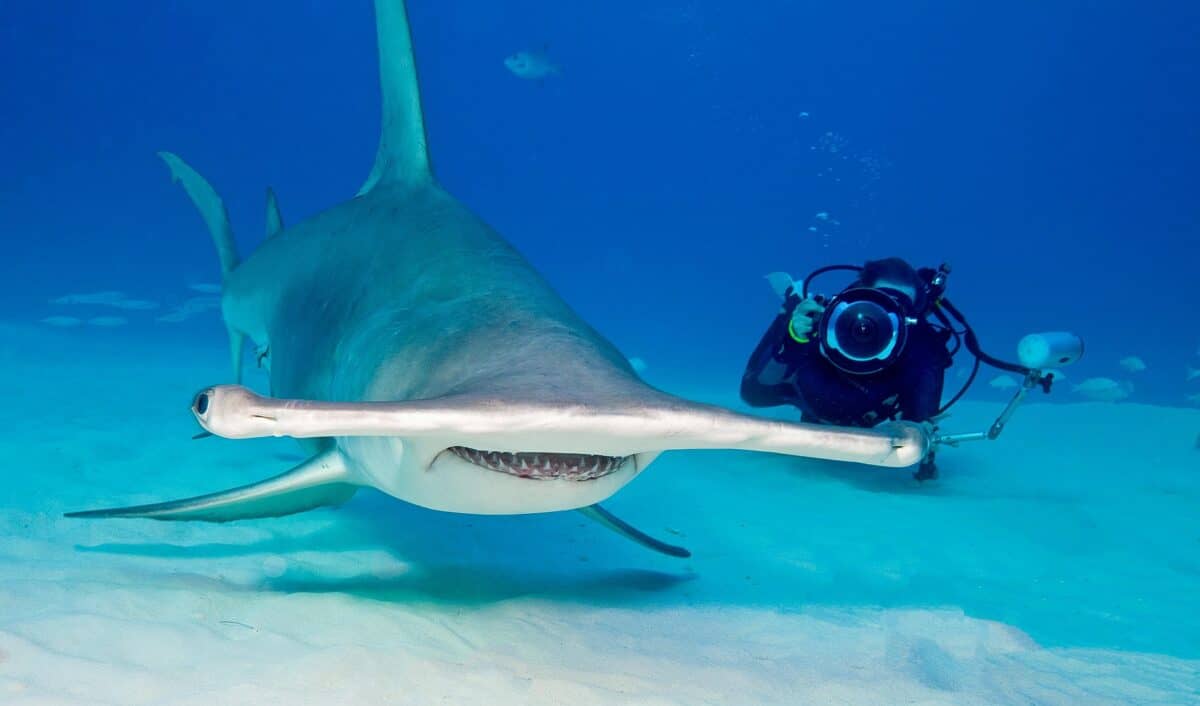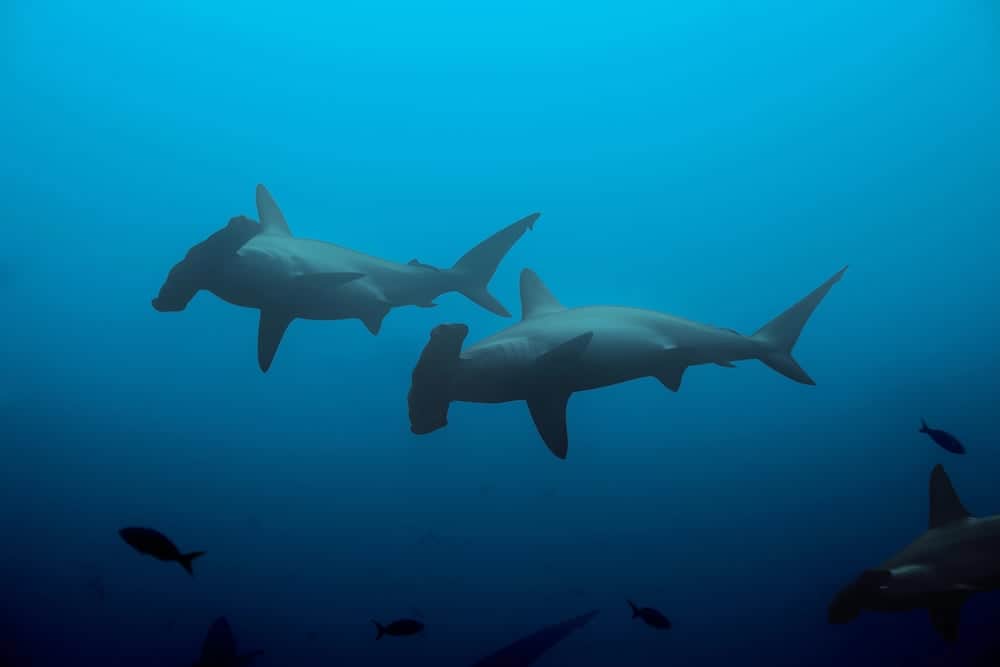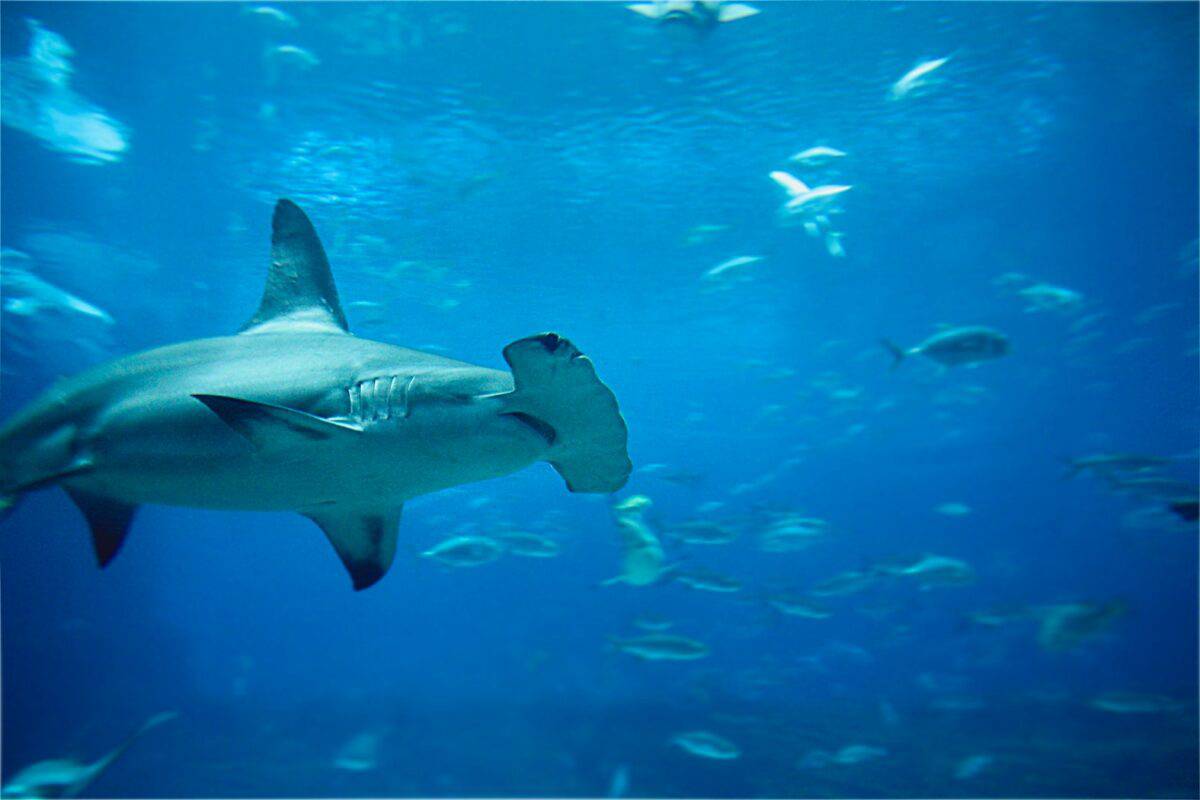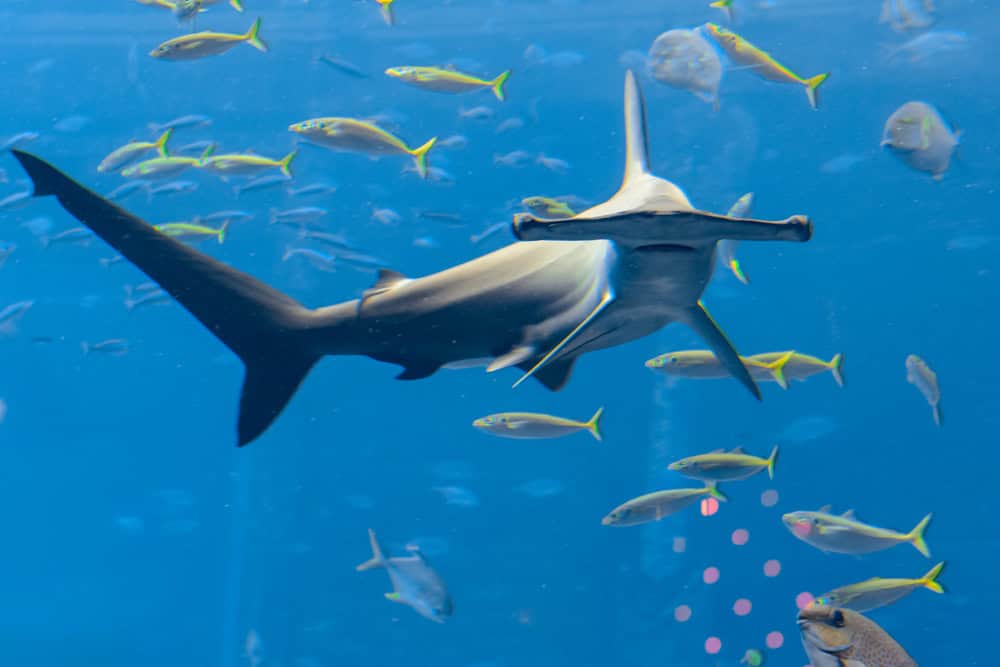Hammerhead sharks are among the most distinctive and fascinating creatures in the ocean. With their unusual appearance and intriguing behavior, they captivate marine enthusiasts and scientists alike. Beyond their iconic hammer-shaped heads, there’s a lot more to these remarkable predators. Dive into these surprising facts about hammerhead sharks that reveal the wonder of one of nature’s most unique creations.
10. What Defines a Hammerhead Shark?

The hammerhead shark family, known as Sphyrnidae, encompasses nine distinct species, each characterized by their flattened, extended heads. This striking feature, known as a cephalofoil, sets them apart from other shark species. While it’s easy to recognize these sharks by this unique feature, its functional significance is just as compelling. The cephalofoil provides hammerheads with enhanced sensory perception, allowing them to better detect prey and navigate their underwater environments.
9. Evolutionary Advantages of the Cephalofoil

The hammer-shaped head isn’t just for show—it’s a brilliant evolutionary adaptation. The cephalofoil provides a hydrodynamic edge, helping these sharks to glide more efficiently through water. Additionally, the wide set of their eyes grants them an impressive 360-degree view, crucial for spotting prey and avoiding predators. The placement of sensory organs across the cephalofoil also enhances their ability to detect the electric fields generated by potential prey hidden beneath the sand, a key aspect of their hunting prowess.
8. Habitat and Distribution

Hammerhead sharks inhabit warm, temperate, and tropical waters across the globe, from the coasts of continents to island shorelines. They are predominantly found in both open oceans and along coastlines, making their range quite extensive. Some species, such as the great hammerhead, prefer deeper waters offshore, while others, like the bonnethead, are commonly spotted in shallower coastal areas and estuaries.
7. Dietary Preferences

These sharks are carnivorous predators, feeding primarily on fish, octopus, crustaceans, and other small sea creatures. Interestingly, the scalloped hammerhead is known for its preference for a diet rich in stingrays, which it can find by utilizing its uniquely evolved sensory capabilities to detect the subtle movements of these bottom-dwelling creatures.
6. Social Behavior of Hammerhead Sharks

Unlike many other shark species, hammerhead sharks are often found in schools, particularly during the day. These schools can range from a few individuals to hundreds and are thought to provide social and reproductive benefits as well as protection from predators. Nighttime, however, typically sees them hunting alone, as individual activity increases their chances of a successful hunt.
5. Migratory Patterns

Some hammerhead species are known for their long-distance migrations. They travel in large schools to take advantage of seasonal fluctuations in prey availability or to engage in breeding activities. For example, the great hammerhead is often spotted traveling vast distances across the ocean, a behavior believed to be linked to the pursuit of food and mating opportunities.
4. Reproductive Strategies

Hammerhead sharks have a fascinating reproductive system. They are viviparous, meaning they give birth to live young rather than laying eggs. After a gestation period that typically lasts between 10 and 12 months, the female hammerhead gives birth to a litter ranging from 10 to 50 pups, depending on the species. These pups are born fully developed and ready to thrive in the ocean.
3. Conservation Status

Despite their significant role in marine ecosystems, many hammerhead shark species are considered vulnerable or endangered due to overfishing and habitat destruction. Their unique fins fetch high prices in the shark fin trade, leading to targeted fishing that significantly threatens their populations. Conservation efforts are thus vital to ensure these incredible creatures continue to thrive.
2. Fascination with Hammerhead Sharks in Popular Culture

Hammerhead sharks capture the public imagination and often feature in documentaries and popular media. Their formidable appearance and intriguing behaviors make them a favorite subject for marine filmmakers and researchers, eager to explore their world and debunk misconceptions. Popular culture has played a crucial role in promoting awareness and interest in their conservation.
1. Perceptions and Misunderstandings

While hammerhead sharks may appear intimidating, they are not a significant threat to humans. Documented attacks on humans are exceedingly rare, leading scientists to emphasize their ecological importance over any perceived danger. Increased awareness and education can help preserve their populations and ensure that these fascinating creatures continue to roam our oceans.
Hammerhead sharks stand as a testament to nature’s ingenuity, with their remarkable adaptations and complex behaviors. From their unique cephalofoil and enhanced sensory abilities to their social structures and migratory habits, they continue to intrigue scientists and ocean lovers. Understanding and protecting these unique sharks are crucial to maintaining the ecological balance in marine environments. With continued research and conservation efforts, we can ensure they remain key players in the ocean’s vast and intricate ecosystem.
- 10 Surprising Facts About Hammerhead Sharks - August 11, 2025
- 12 Surprising Facts About Wild Koalas You Didn’t Know - August 11, 2025
- How Honeybees Use Complex Dance Languages to Communicate - August 11, 2025

